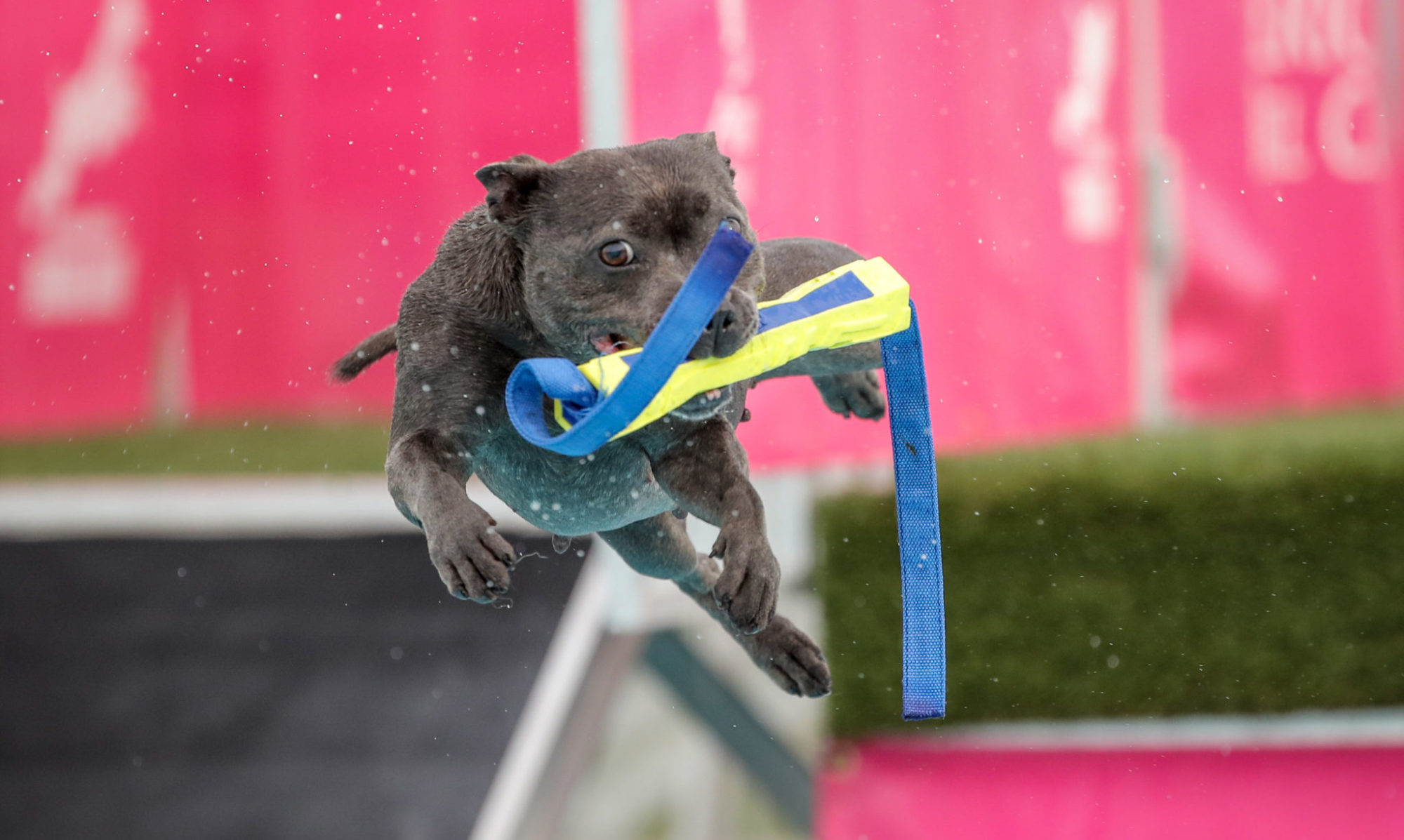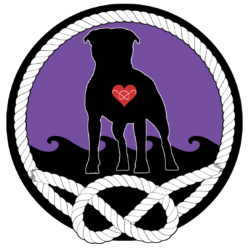In the country of origin, UK, at the end of the written Breed Standard for the Staffordshire Bull Terrier it is stated:
“Any departure from the foregoing points should be considered a fault and the seriousness with which the fault should be regarded should be in exact proportion to its degree and its effect upon the health and welfare of the dog and on the dog’s ability to perform its traditional work.”
This is a good reminder to not only look for the balanced Stafford, remember its origin, but also to balance your judging when in the ring with the breed. The AKC Breed Standard for the Stafford lists only three ‘faults’ and only three ‘serious faults’. Fault judging is to be avoided but these six points should be kept in mind when you find yourself faced with similar virtuous examples in your ring from which to select from.
Faults:
- “Non-conformity with heights to weights limits” – Our Standard calls for dogs 28-38lbs, bitches 24-34lbs with both dogs and bitches being 14” – 16” at withers. They should be balanced height to weight. BALANCE is the key word here. Get familiar with what 34lb bitches and 38lb dogs look and feel like. And remember a 14” dog is in Standard and is balanced at 28lbs just as a 16” bitch is in Standard and balanced at 34lbs.
- “Dark eye preferred but may bear some relation to coat color. Light eyes or pink eye rims to be considered a fault, except that where the coat surrounding the eye is white the eye rim may be pink.” This means we prefer a dark eye but in a red or brindle dog, for example, there can be some consideration for a lighter brown eye. We do not want to see yellow, gray or blue eyes at all no matter what coat color. And of course we prefer some pigment on the white coated dogs eyes – in some countries Standards it asks for full pigment – AKC does not but its always best if a Stafford does show good pigment – we do not want pink rims.
- “A tail that is too long or badly curled is a fault.” This is self explanatory but to be taken into consideration as to the above paragraph regarding degree and affect upon health. Also, in the original point system the tail was valued at only 5 points. I’ve heard it said that if the Stafford has one thats half the points right there. Make note that nowhere in our Standard does it mention short tails. It is worded as such: “The tail is undocked, of medium length, low set, tapering to a point and carried rather low. It should not curl much and may be likened to an old-fashioned pump handle. A tail that is too long or badly curled is a fault.”
Serious faults:
- “Pink (Dudley) nose to be considered a serious fault.” The Stafford nose needs to be black. Some argument of consideration could be made for the blue Stafford but even then we want the darkest possible pigmentation so that the nose appears black. At no time should there be any lacking of pigment on the nose leather on a dog of showing age.
- “Full drop or full prick to be considered a serious fault.” A small, thin leathered tight ear held back close to the head would be preferred and safest in its original function, however there is consideration for a half prick ear. This means half, not 3/4 and never full drop or full prick. Either of those not only would affect hazard in its original function, but also gives a foreign expression. As well this differentiates the breed from other terriers.
- “The badly undershot or overshot bite is a serious fault.” The scissor bite is called for, and we want large well placed canines but as we also strive for a strong muzzle and underjaw, a slight under/over may not affect the original function – however – converging canines would affect the health and comfort of the Stafford even though it is not mentioned in the standard. Note the word ‘badly’ is mentioned here. A slightly under or overshot bite is a fault to be considered by the degree of misplacement.
All dogs have ‘faults’. Every. Single. One. Even those belonging to kennel blind breeders have faults. This is why we do not fault judge. Just assume they exist and find the virtues. I do a game called list 5 virtues with every dog and by doing that you will see things in a more positive light. I absolutely do not ignore the standard and I do take note of serious faults – but again even if I am presented with a badly undershot full drop eared spotted nosed Stafford in my ring there must be some virtue as well. That Stafford wont get far in the show ring but I still try to look for any virtue. That Stafford will lack breed type IMO which is one of the very first things I look for.
Again, it is worth repeating – please keep in mind the exact proportion to its degree and its effect upon the health and welfare of the dog and on the dog’s ability to perform its traditional work when judging this breed. With only these few faults mentioned they should be easy to keep in mind.

